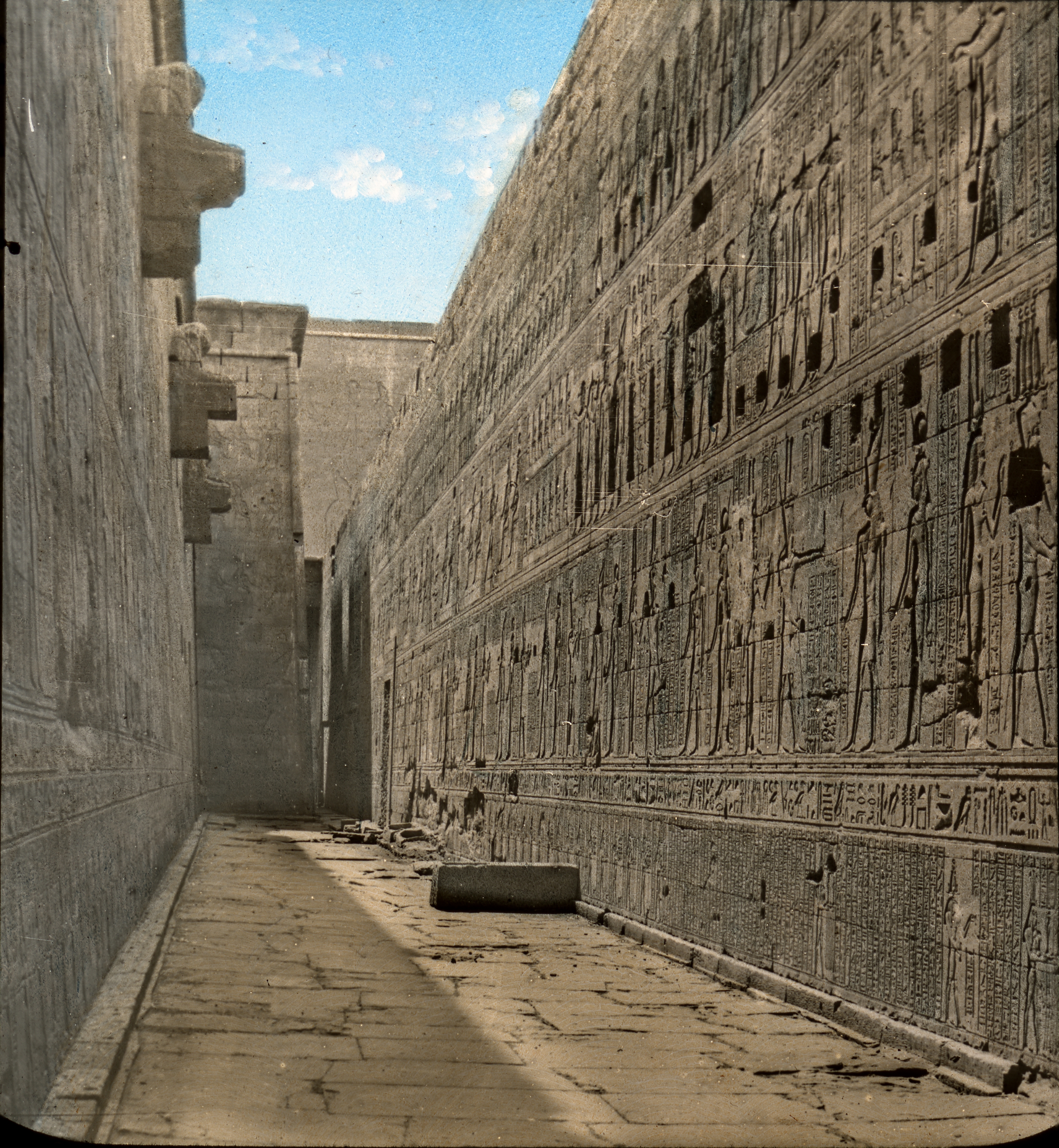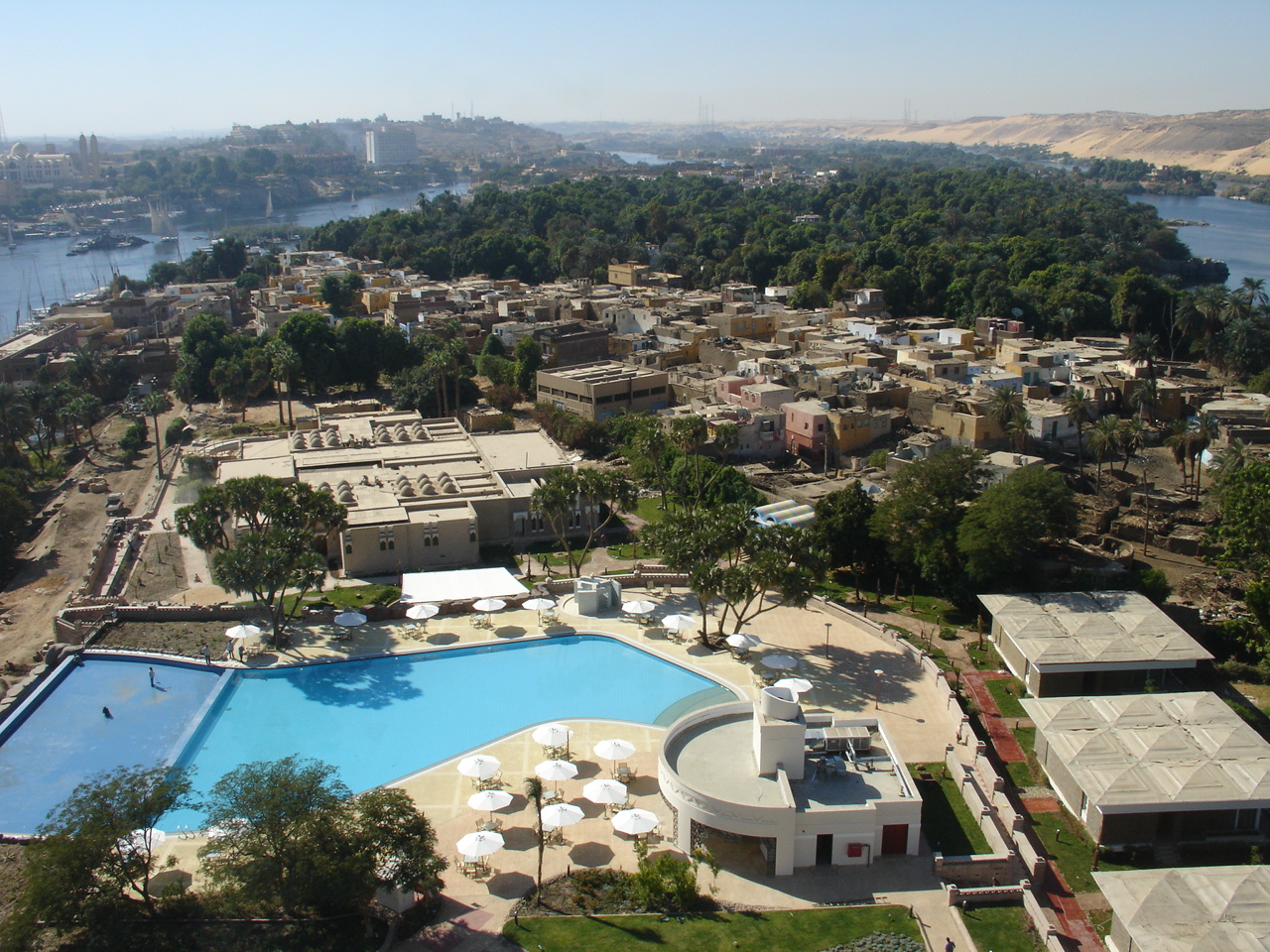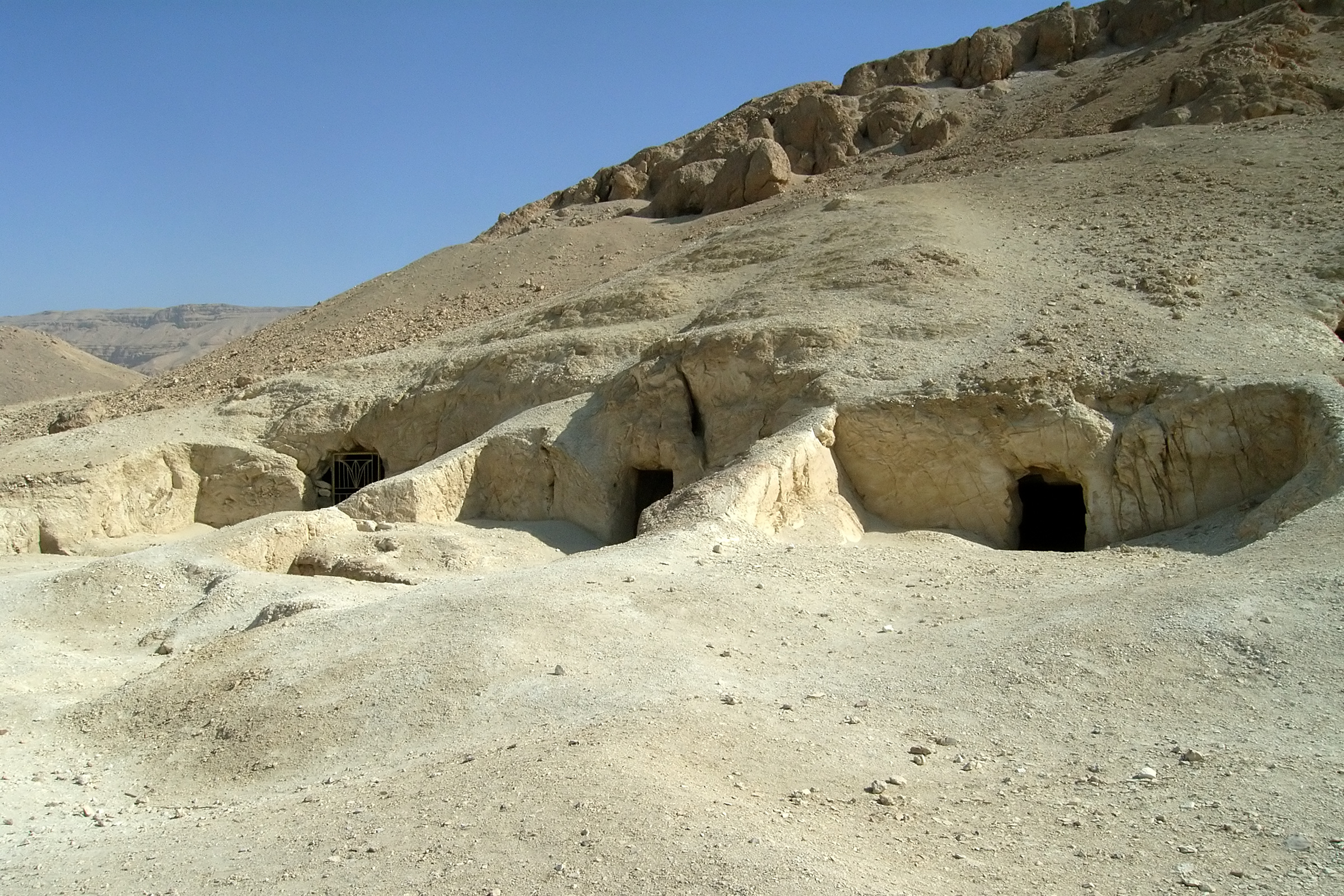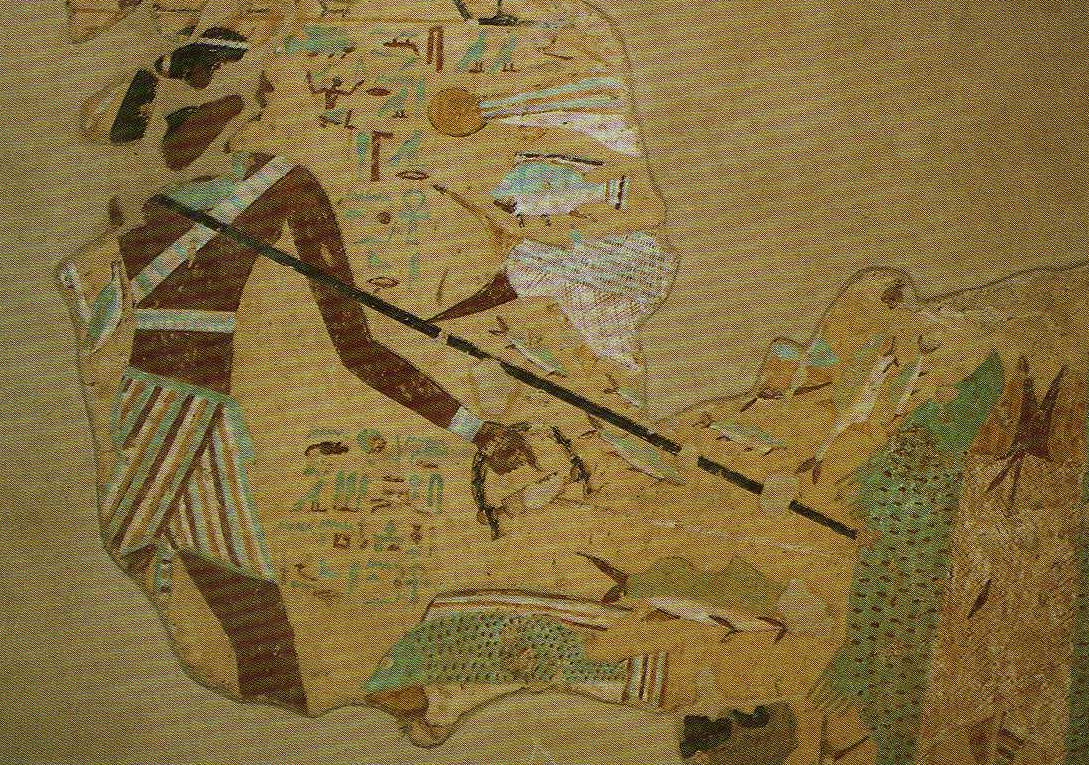|
Neferkare, Ninth Dynasty
Neferkare VII was the third pharaoh Pharaoh (, ; Egyptian: ''pr ꜥꜣ''; cop, , Pǝrro; Biblical Hebrew: ''Parʿō'') is the vernacular term often used by modern authors for the kings of ancient Egypt who ruled as monarchs from the First Dynasty (c. 3150 BC) until the an ... of the Ninth Dynasty of Egypt of ancient Egypt, ca. 2140 BCE (during the First Intermediate Period), according to the Turin King List where his name, Neferkare, is inscribed in the register 4.20. Neferkare is not included on the Abydos King List or the Saqqara King List, nor can the existence of his reign be positively confirmed through archaeological finds.William C. Hayes, in ''The Cambridge Ancient History'', vol 1, part 2, 1971 (2008), Cambridge University Press, , pp. 464–465. The Prenomen (Ancient Egypt), prenomen "Neferkare" suggests he considered himself a legitimate successor of Pepi II Neferkare of the Sixth Dynasty, much like the many namesake Memphis, Egypt, Memphite kings of ... [...More Info...] [...Related Items...] OR: [Wikipedia] [Google] [Baidu] |
9th Dynasty
The Ninth Dynasty of ancient Egypt (Dynasty IX) is often combined with the 7th, 8th, 10th and early 11th Dynasties under the group title First Intermediate Period. The dynasty that seems to have supplanted the Eighth Dynasty is extremely obscure. The takeover by the rulers of Herakleopolis was violent and is reflected in Manetho's description of Achthoes, the founder of the dynasty, as 'more terrible than his predecessors', who 'wrought evil things for those in all Egypt". Rulers The Ninth Dynasty was founded at Herakleopolis Magna, and the Tenth Dynasty continued there. At this time Egypt was not unified, and there is some overlap between these and other local dynasties. The Turin Canon lists eighteen kings for this royal line, but their names are damaged, unidentifiable, or lost.Sir Alan Gardiner Sir Alan Henderson Gardiner, (29 March 1879 – 19 December 1963) was an English Egyptologist, linguist, philologist, and independent scholar. He is regarded as one of the premie ... [...More Info...] [...Related Items...] OR: [Wikipedia] [Google] [Baidu] |
Eighth Dynasty Of Egypt
The Eighth Dynasty of ancient Egypt (Dynasty VIII) is a poorly known and short-lived line of pharaohs reigning in rapid succession in the early 22nd century BC, likely with their seat of power in Memphis. The Eighth Dynasty held sway at a time referred to as the very end of the Old Kingdom or the beginning of the First Intermediate Period. The power of the pharaohs was waning while that of the provincial governors, known as nomarchs, was increasingly important, the Egyptian state having by then effectively turned into a feudal system. In spite of close relations between the Memphite kings and powerful nomarchs, notably in Coptos, the Eighth Dynasty was eventually overthrown by the nomarchs of Heracleopolis Magna, who founded the Ninth Dynasty. The Eighth Dynasty is sometimes combined with the preceding Seventh Dynasty, owing to the lack of archeological evidence for the latter which may be fictitious. Egyptologists estimate that the Eighth Dynasty ruled Egypt for approximately 20 ... [...More Info...] [...Related Items...] OR: [Wikipedia] [Google] [Baidu] |
Upper Egypt
Upper Egypt ( ar, صعيد مصر ', shortened to , , locally: ; ) is the southern portion of Egypt and is composed of the lands on both sides of the Nile that extend upriver from Lower Egypt in the north to Nubia in the south. In ancient Egypt, Upper Egypt was known as ''tꜣ šmꜣw'', literally "the Land of Reeds" or "the Sedgeland". It is believed to have been united by the rulers of the supposed Thinite Confederacy who absorbed their rival city states during the Naqada III period (c. 3200–3000 BC), and its subsequent unification with Lower Egypt ushered in the Early Dynastic period. Upper and Lower Egypt became intertwined in the symbolism of pharaonic sovereignty such as the Pschent double crown. Upper Egypt remained as a historical region even after the classical period. Geography Upper Egypt is between the Cataracts of the Nile beyond modern-day Aswan, downriver (northward) to the area of El-Ayait, which places modern-day Cairo in Lower Egypt. The northern (d ... [...More Info...] [...Related Items...] OR: [Wikipedia] [Google] [Baidu] |
Nome (Egypt)
A nome (, from grc, νομός, ''nomós'', "district") was a territorial division in ancient Egypt. Each nome was ruled by a nomarch ( egy, ḥrj tp ꜥꜣ Great Chief). The number of nomes changed through the various periods of the history of ancient Egypt. Etymology The term ''nome'' comes from Ancient Greek νομός, ''nomós'', meaning "district"; the Ancient Egyptian term was ''sepat'' or ''spAt''. Today's use of the Ancient Greek rather than the Ancient Egyptian term came about during the Ptolemaic period, when the use of Greek was widespread in Egypt. The availability of Greek records on Egypt influenced the adoption of Greek terms by later historians. History Dynastic Egypt The division of ancient Egypt into nomes can be traced back to prehistoric Egypt (before 3100 BC). These nomes originally existed as autonomous city-states, but later began to unify. According to ancient tradition, the ruler Menes completed the final unification. Not only did the divi ... [...More Info...] [...Related Items...] OR: [Wikipedia] [Google] [Baidu] |
Edfu
Edfu ( egy, bḥdt, ar, إدفو , ; also spelt Idfu, or in modern French as Edfou) is an Egyptian city, located on the west bank of the Nile River between Esna and Aswan, with a population of approximately sixty thousand people. Edfu is the site of the Ptolemaic Temple of Horus and an ancient settlement, Tell Edfu. About south of Edfu are remains of ancient pyramids. Ancient history Ancient Tell Edfu The remains of the ancient settlement of Edfu are situated about 50 m to the west of the Ptolemaic temple – to the left of the older temple pylon. This settlement is known as ''Wetjeset-hor'' and the Greek name was ''Apollinopolis Magna'' (Ancient Greek: ''Apollinòpolis'', ''Απολλινόπολις''). According to ''Notitia Dignitatum'', part of Legio II ''Traiana Fortis'' was camped in ''Apollo superior'', which was the Roman name for the town. Although unassuming and unglamorous to the visiting tourists, Tell Edfu is a monument that contains evidence of more Egypti ... [...More Info...] [...Related Items...] OR: [Wikipedia] [Google] [Baidu] |
Elephantine
Elephantine ( ; ; arz, جزيرة الفنتين; el, Ἐλεφαντίνη ''Elephantíne''; , ) is an island on the Nile, forming part of the city of Aswan in Upper Egypt. The archaeological sites on the island were inscribed on the UNESCO World Heritage List in 1979 along with other examples of Upper Egyptian architecture, as part of the " Nubian Monuments from Abu Simbel to Philae" (despite Elephantine being neither Nubian, nor between Abu Simbel and Philae). Geography Elephantine is from north to south, and is across at its widest point. The layout of this and other nearby islands in Aswan can be seen from west bank hillsides along the Nile. The island is located just downstream of the First Cataract, at the southern border of Upper Egypt with Lower Nubia. This region above is referred to as Upper Egypt because it is further up the Nile. The island may have received its name after its shape, which in aerial views is similar to that of an elephant tusk, or from the rou ... [...More Info...] [...Related Items...] OR: [Wikipedia] [Google] [Baidu] |
Thebes, Egypt
, image = Decorated pillars of the temple at Karnac, Thebes, Egypt. Co Wellcome V0049316.jpg , alt = , caption = Pillars of the Great Hypostyle Hall, in ''The Holy Land, Syria, Idumea, Arabia, Egypt, and Nubia'' , map_type = Egypt , map_alt = , map_size = , relief = yes , coordinates = , location = Luxor, Luxor Governorate, Egypt , region = Upper Egypt , type = Settlement , part_of = , length = , width = , area = , height = , builder = , material = , built = , abandoned = , epochs = , cultures = , dependency_of = , occupants = , event = , excavations = , archaeologists = , condition = , ownership = , management = , public_access = , website = , notes = , designation1 = WHS , designation1_offname = Ancient Th ... [...More Info...] [...Related Items...] OR: [Wikipedia] [Google] [Baidu] |
El-Mo'alla
El Mo'alla ( ar, المعلّى) is a town in Upper Egypt located about 35 km south of Luxor, on the east bank of the Nile. Known as Hefat by ancient Egyptians, it served as a necropolis for the nearby city of Djerty (nowadays El-Tod) since the early First Intermediate Period. Two rock-cut tombs within it, datable to this period, are particularly remarkable because of their decorations, that of the two nomarchs Ankhtifi Ankhtifi (or Ankhtify) was a nomarch of Hierakonpolis and a supporter of the pharaoh in Herakleopolis Magna (10th Dynasty), which was locked in a conflict with the Theban based 11th Dynasty kingdom for control of Egypt. Hence, Ankhtifi was poss ... and Sobekhotep. References External links Egyptsites page on el-Mo'alla Towns in Egypt Populated places in Luxor Governorate {{egypt-geo-stub ... [...More Info...] [...Related Items...] OR: [Wikipedia] [Google] [Baidu] |
Hieraconpolis
Nekhen ( egy, nḫn, ); in grc, Ἱεράκων πόλις Hierakonpolis ( either: City of the Hawk, or City of the Falcon, a reference to Horus or ''Hierakōn polis'' "Hawk City" in arz, الكوم الأحمر, el-Kōm el-Aḥmar, lit=the Red Mound) was the religious and political capital of Upper Egypt at the end of prehistoric Egypt ( 3200–3100 BC) and probably also during the Early Dynastic Period ( 3100–2686 BC). The oldest known tomb with painted decoration, a mural on its plaster walls, is located in Nekhen and is thought to date to c. 3500–3200 BC. It shares distinctive imagery with artifacts from the Gerzeh culture.Oldest known zoological collection was also found in the area. Horus cult center Nekhen was the center of the cult of a hawk deity, Horus of Nekhen, which raised one of the most ancient Egyptian temples in this city. It retained its importance as the cultic center for this divine patron of the kings long after the site had otherwise decline ... [...More Info...] [...Related Items...] OR: [Wikipedia] [Google] [Baidu] |
Nomarch
A nomarch ( grc, νομάρχης, egy, ḥrj tp ꜥꜣ Great Chief) was a provincial governor in ancient Egypt; the country was divided into 42 provinces, called nomes (singular , plural ). A nomarch was the government official responsible for a nome. Etymology The term ''nome'' is derived from grc, νομός ''nomós'' "province, district". ''Nomarch'' is derived from ''nomárkhēs'': "province" + "ruler". Egyptian history The division of the Egyptian kingdom into nomes can be documented as far back as the reign of Djoser of the 3rd Dynasty in the early Old Kingdom, c. 2670 BCE, and potentially dates even further back to the Predynastic kingdoms of the Nile valley. The earliest topographical lists of the nomes of Upper and Lower Egypt date back to the reign of Nyuserre Ini, of the mid 5th Dynasty, from which time the nomarchs no longer lived at royal capital but stayed in their nomes. The power of the nomarchs grew with the reforms of Nyuserre's ... [...More Info...] [...Related Items...] OR: [Wikipedia] [Google] [Baidu] |
Ankhtifi
Ankhtifi (or Ankhtify) was a nomarch of Hierakonpolis and a supporter of the pharaoh in Herakleopolis Magna (10th Dynasty), which was locked in a conflict with the Theban based 11th Dynasty kingdom for control of Egypt. Hence, Ankhtifi was possibly a rival to the Theban rulers Mentuhotep I and Intef I. He lived during the First Intermediate Period, after the Egyptian Old Kingdom state had collapsed, and at a time when economic hardship, political instability, and foreign invasion challenged the fabric of Egyptian society. Biography The precise pharaoh under whom Ankhtifi served is anything but certain; the sequence and number of kings in the 9th and 10th dynasties is a matter of widely varying conjecture. Only a few of the many names on the much later king-lists have had their reigns or existence corroborated through scattered archaeological finds. The only pharaoh mentioned in Ankhtifi's tomb is in the following isolated inscription: "Horus brings/brought (or may Horus bring) a ( ... [...More Info...] [...Related Items...] OR: [Wikipedia] [Google] [Baidu] |
Herakleopolis Magna
Heracleopolis Magna ( grc-gre, Μεγάλη Ἡρακλέους πόλις, ''Megálē Herakléous pólis'') and Heracleopolis (, ''Herakleópolis'') and Herakleoupolis (), is the Roman name of the capital of the 20th nome of ancient Upper Egypt, known in Ancient Egyptian as ''Het-Nesut''. The site is located approximately west of the modern city of Beni Suef, in the Beni Suef Governorate of Egypt. Name In Ancient Egypt, Heracleopolis Magna was called Child of the King (appearing as ''hnn nswt'' or ''hwt nn nswt''; also transcribed Henen-Nesut or Hut-Nen-Nesut). This later developed into cop, Ϩⲛⲏⲥ or ϩⲛⲉⲥ (), which was borrowed into early arz, اهناس ''Ahnās''. The site is now known as ''Ihnasiyyah Umm al-Kimam'' "Ihnasiyyah, Mother of the Shards" and as ''Ihnasiyyah al-Madinah'' "The City of Ihnasiyyah". The Greek name meant "City of Heracles", with the epithet "great" being added to distinguish it from other towns with that name. The Greek form b ... [...More Info...] [...Related Items...] OR: [Wikipedia] [Google] [Baidu] |







.jpg)

_02.jpg)